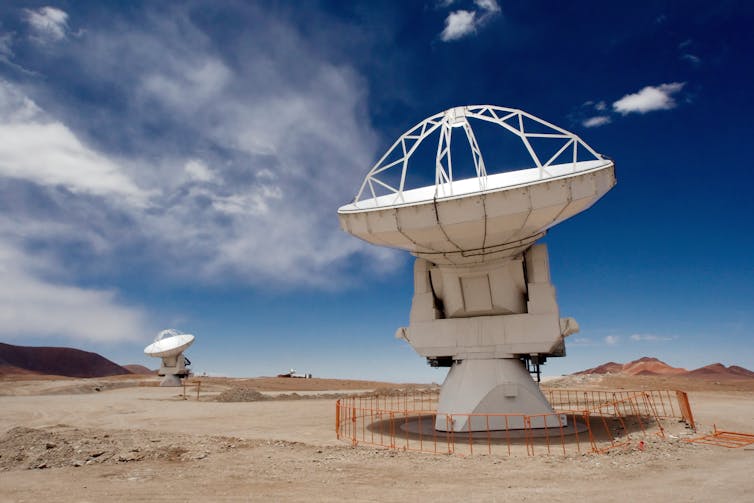Navel gazing: checking your belly button can tell you a lot about your health
Navels, belly buttons, innies or outies … whatever term you use, your umbilicus may have plenty to tell you about the state of your health

Estimated reading time: 9 minutes
For some, they are the thing of nightmares – omphalophobia (the fear of belly buttons) is a real condition. For others, they are a fashion accessory to be shown off in a crop top, or decorated with a body piercing.
Whatever your feelings about belly buttons, one thing’s for sure - it once joined you to your mother. The umbilical cord is severed at birth to leave just a small clamped stump that progressively withers and falls away a week or two later.
What you’re left with, in most cases, is a small wrinkled depression. That’s if you have an “innie”, as most of us – 90% apparently – do. From this point, the belly button seems to become redundant – other than to gather dust and fluff.
But that’s not the whole story – your navel has more depth to it than just a few millimetres.
The umbilicus is an access point for the vessels carrying blood to and from the foetus. These have come from the placenta and run through the umbilical cord, coated in Wharton’s jelly – a gelatinous connective tissue contained in the cord that insulates and protects them.
There are normally three vessels within the cord. The one carrying oxygen and nutrients to the foetus is the umbilical vein. It passes through the umbilicus and feeds into the developing foetal circulation. There are also two umbilical arteries, though these carry deoxygenated blood and waste products, flowing in the other direction back to the placenta.
This circulation is not needed after the baby is born, and once disconnected from the placenta the umbilical vessels naturally close up. But the little stump of cut cord left clinging on can still be of use for a short time, especially in newborn babies who are poorly. The vessels can have drip lines inserted and be used for infusions of medicine, or have blood samples taken from them for testing.
The umbilicus is a portal in the wall of the abdomen - it’s a little-known fact that during your embryonic development your intestines actually have to leave your abdominal cavity because of limited space, but return a few weeks later. They do so via the umbilicus, passing into the cord.
As a result the umbilicus is not just an access point, but a point of weakness. An umbilical hernia occurs if a section of intestine pokes through any gap. This may require an operation to correct it.
The nun and the navel
Poor Sister Mary Joseph Dempsey. She was a nun who devoted much of her life to the care of patients in a hospital in Minnesota. She trained as a nurse, later becoming a surgical assistant to the doctor William Mayo. It was during this tenure that she highlighted an interesting observation.
At the time (the late 19th century), cancers of the abdomen and pelvis were typically diagnosed much later, and unfortunately were often more extensive. We call this process metastasis, where a cancer starts in one organ or location, then spreads to another.
Mary Joseph noted that some patients with metastatic cancer had a new palpable swelling or nodule in their umbilicus. She did the noble deed of reporting this to Mayo, who fairly evidently hadn’t noted it himself. He went on to rather ignominiously publish these findings under his own name, without giving due credit to his esteemed colleague. It was only after the deaths of Dempsey and Mayo - both in 1939 - that another doctor, Hamilton Bailey, rightly named the finding Sister Mary Joseph’s nodule.
The nodule is firm, of variable colouring, and actually arises from spread of the cancer to the umbilical tissue. It’s not seen as commonly these days, since more cancers are now diagnosed earlier before extensive spreading occurs.
Medusa’s head
Other signs can be observed in the navel that have a footing in mythology. One example allows us to draw a connection between the liver and the umbilicus.
The skin around the navel has beds of superficial veins that feed back towards the deeper circulation. They actually drain blood into the hepatic portal vein, a large vessel that is heading into the liver, chock-full of nutrients absorbed from the gut.
If the pressure in the portal vein becomes too high (mostly as a result of liver diseases, like alcohol cirrhosis) pressure builds in the connecting vessels too. Veins have thinner walls than arteries and tend to balloon under pressure.
As a result, the normally small veins around the navel dilate in size and become visible beneath the skin, fanning in all directions. This sign, like a head replete with snakes for hair, is named caput medusae, or Medusa’s head. In Greek mythology, the gorgon Medusa whose head was severed by the hero Perseus, had the ability to turn anyone who beheld her gaze to stone.
And on that topic, all that dirt, debris and dead skin in our navels should also get an honourable (or maybe dishonourable) mention - prolonged accumulation of this material within the cavity can make it harden over time, forming a stony mass. We call this an omphalolith, or umbilical stone.
So, the umbilicus is something of a reliable crystal ball in diagnosing internal illnesses. But as to whether you regard it as an attractive part of your own anatomy, one has to ask the question: are you innie or outie?![]()
Dan Baumgardt, Senior Lecturer, School of Physiology, Pharmacology and Neuroscience, University of Bristol
This article is republished from The Conversation under a Creative Commons license. Read the original article.
What's Your Reaction?
























